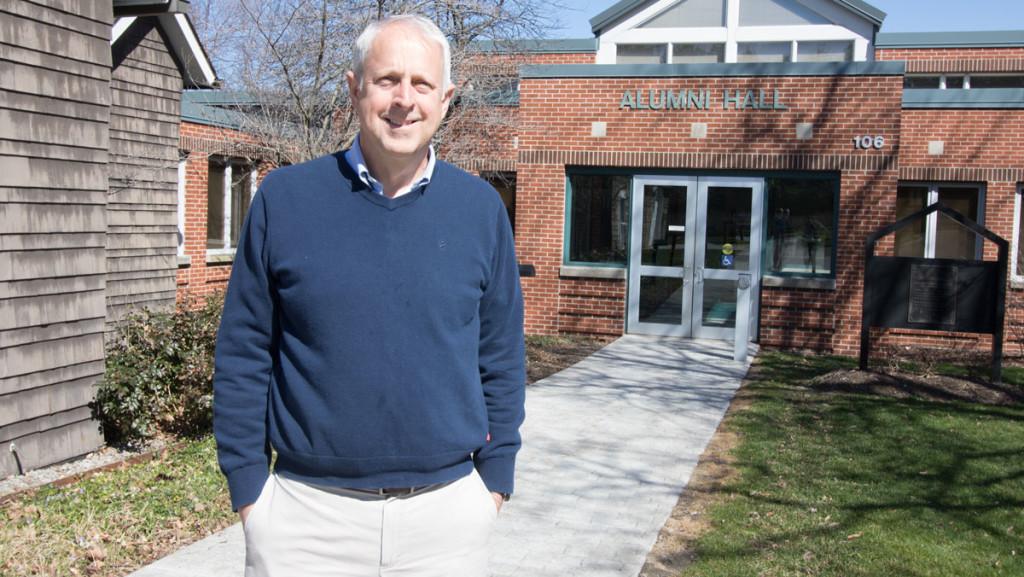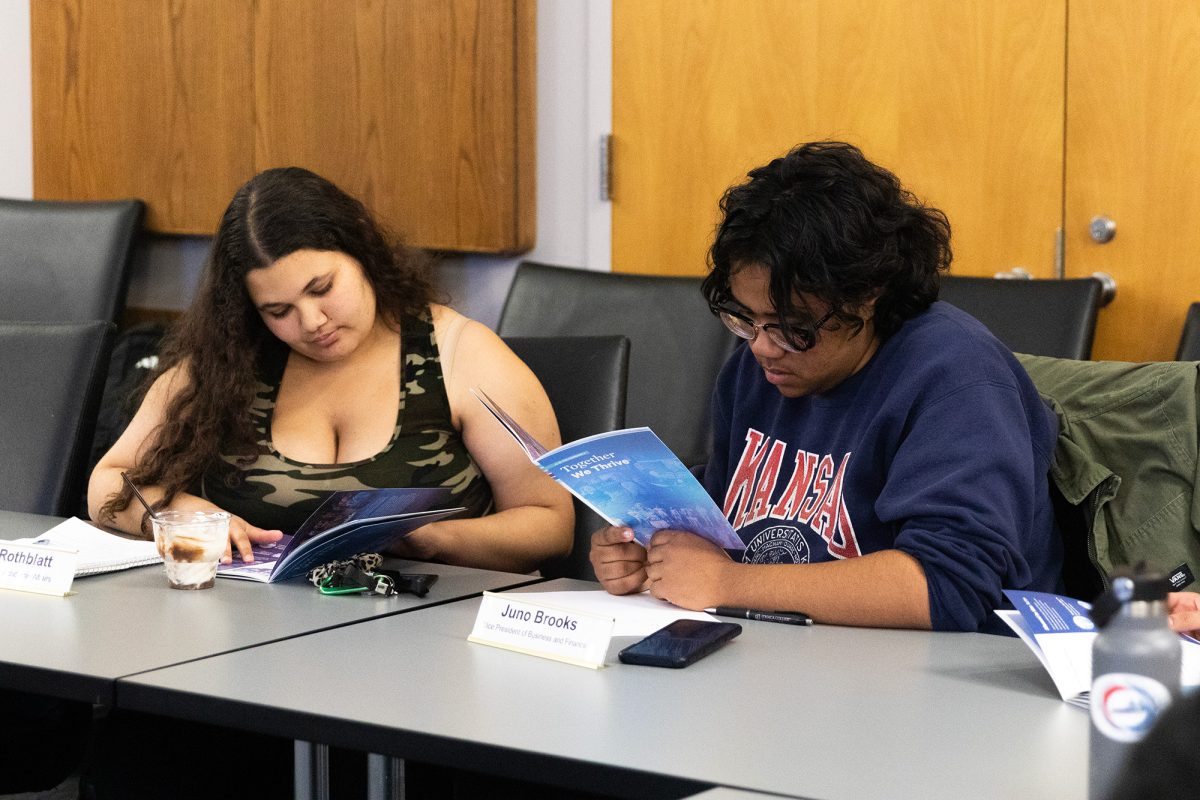Among the many ways in which President Tom Rochon’s decision to step down from his position next year will affect Ithaca College is fundraising, which is an essential part of the president’s responsibilities. Chris Biehn, vice president for institutional advancement and communication, said he does not know how the college’s comprehensive campaign, which began in 2014, will be affected.
The college initiated the comprehensive campaign, a plan run by the Division of Institutional Advancement and Communication, to focus on enhancing the Ithaca College Annual Fund and endowment by 2020. Biehn said the IC Annual Fund is the base for support to departments and programs that affect students, faculty and staff, including financial aid, trips abroad, student educational experiences inside the classroom and in residences, and co-curricular experiences like clubs and athletics.
Biehn said the new president will be expected to continue their role in fundraising, such as meeting with donors and attending events, just as Rochon has been involved since the beginning of the campaign.
“[Rochon] works with key donors, and then also, he attends events and continues to do everything he did since the beginning of the campaign,” Biehn said.
In addition to broadening the IC Annual Fund, the comprehensive campaign has a few more specific areas of focus. Biehn said the one capital project the campaign is looking to support is the creation of the Creativity Center. As outlined in the college’s Master Plan, the Creativity Center will be the Campus Center reimagined, boasting interdisciplinary resources, food and a meeting spaces for students, faculty and staff.
Another area of focus for the campaign, and the number–one area according to Biehn, is need-based and merit-based financial aid. Biehn said this encompasses both recruitment scholarships and upper–class scholarships for students with outstanding traits and qualities.
The plan will also help support the college’s centers in Los Angeles, London and New York. Biehn said these centers don’t have a named directorship but that the college is hoping to change that through the comprehensive campaign.
For faculty, Biehn said, the campaign supports the Center for Faculty Excellence and faculty who are looking for programmatic funds for their professional development and research.
Currently, the comprehensive campaign is in the leadership phase: a silent phase, which Biehn said the campaign has been in since 2013.
“We are talking to those individuals, including the board of trustees and those who are closest to the college in terms of their philanthropic support, and we’re asking them for a core amount of support before we launch the public phase of the campaign,” Biehn said.
Biehn said there is no date set for when the comprehensive campaign is set to go public — the leadership phase will continue until the college receives about half of its rough monetary goal of $150 million. The status of the campaign is not yet public, Biehn said. Once it does reach a public phase, there will be a kickoff event on campus, followed by a series of smaller kickoff events in some of the regional areas where there are alumni committees.
Although, Biehn said, the campaign is about increasing the IC Annual Fund and endowment, it is fundamentally about engaging students, faculty, staff, alumni, parents and friends. At the beginning of the campaign, the college had roughly 12,000 donors each year, which accounted for approximately 9.9 percent of alumni. By the end of the comprehensive campaign, Biehn said, he hopes that number doubles, which would account for about 20 percent of alumni donors.
“The more experiences we can build for people, the broader the engagement we will have, the greater philanthropy we will have, and ultimately, the better student educational experience,” Biehn said.
Karl Paulnack, dean of the School of Music, said increasing funding for scholarships can help make the college — and the School of Music — more competitive but also more attainable.
“It helps us recruit the best students; it helps us recruit a diversity of students,” Paulnack said.
Gerald Hector, vice president for finance and administration, said the college’s endowment is a source of continuous funds for the college. He said any money added to the endowment is not spent and earns about 4 percent from investments — about $7–10 million — annually.
“Over time, we’re hoping to grow into more sustainable sources of cash back into the institution,” Hector said.
Paulnack said that right now, the college is very tuition-heavy and depends on income from tuition to operate the way it does.
“If, over time, we can shift that so that most of our income comes from endowment, and it comes from our own funding, then it means that we’re not so dependent. We’re able to bring students regardless of their need. We’re able to bring the very best students.”








